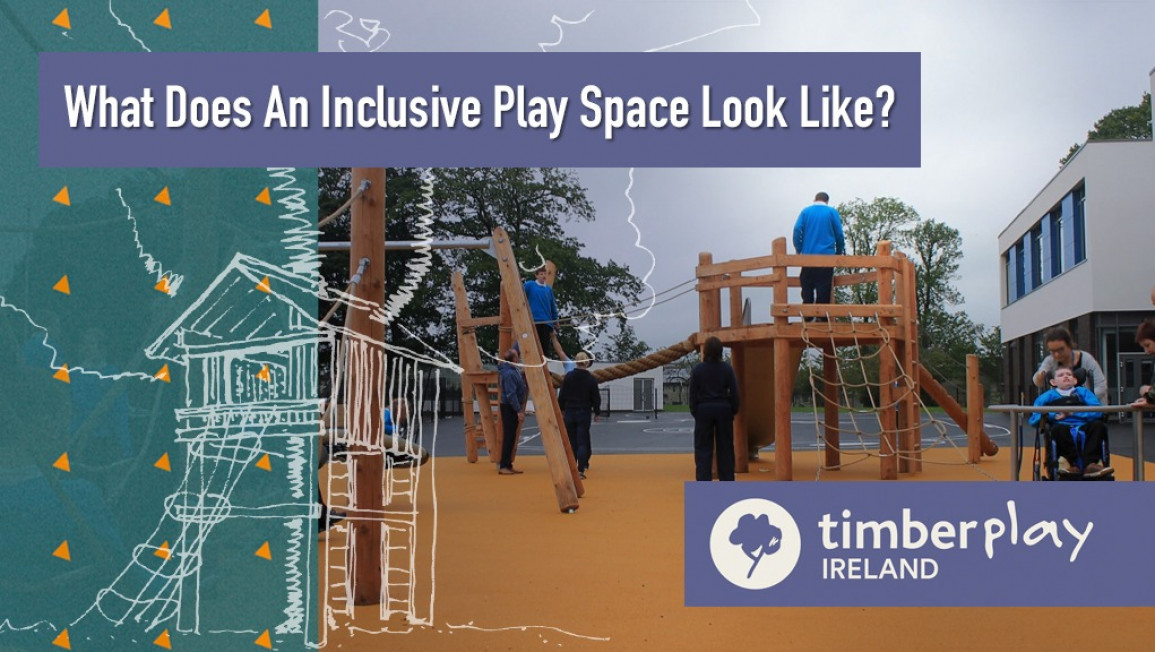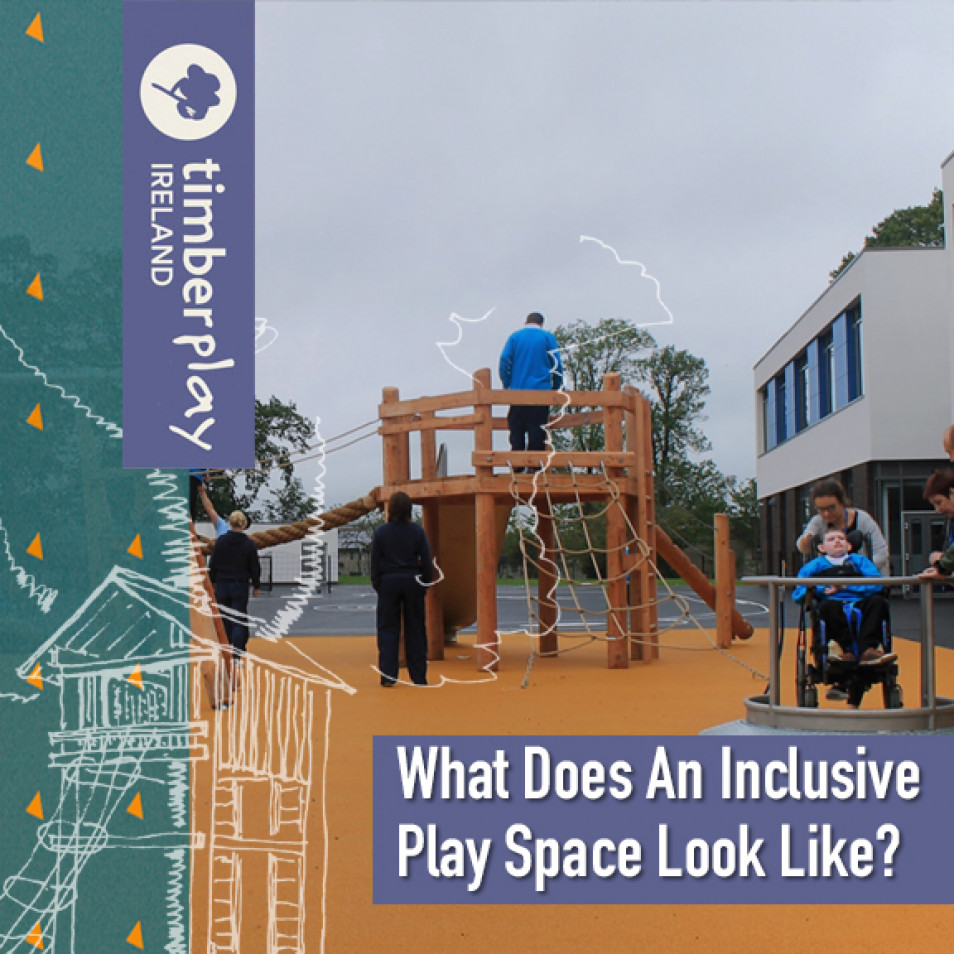Ideas and Insights
It may take a village to raise a child, however, there is much more to a community than its people and places.
Children from an early age view the world in bright-eyed wonder and need an outlet for their creativity and imagination to run wild. Early childhood development is boosted with frequent engagement with other children.
A familiar staple in many communities is the playground, and they are often a place where children and teenagers play and develop key physical, social and emotional skills that are used in later years. Without the opportunity to play, a child’s experience of the world, and their subsequent development in these formative years, may be diminished.
Every child is different, and certain play spaces can be more daunting than others. For some children, traditional play spaces may in fact hinder rather than help with their development, if it has not been designed with their needs in mind.
An inclusive play space is designed to remove any barriers to physical access and social interaction. By adopting a more inclusive environment, existing play spaces can be upgraded to ensure that no child is excluded and that regardless of their age, health and abilities, they are able to enjoy the same experience as everyone else. It is through the use of inclusive play spaces that all children's needs can be attended to and no one is left behind.
What Does An Inclusive Play Space Look Like?
When planning an inclusive play space, it is important to consider the use case of each piece of equipment or apparatus and whether equal enjoyment can be derived from its application, for all children.
For example, a climbing frame may be an enjoyable challenge for some, but for children with a physical or mental disability, it would be daunting in their world. In this context, apparatus could be adapted to include a climber with various handholds which allow all children the ability to scale the summit or cross from one side to another.
This attention to detail is important - not least to the child.
Understanding what equipment is needed and whether it is effective and safe for all to use should feature in development plans of outdoor spaces.
Simply making a play space wheelchair accessible, does not mean that it is inclusive. It is a step in the right direction but to truly build an inclusive play space, there should be no zone or area in a playground specifically earmarked for those with disabilities.
An inclusive playground incorporates every child in a way that promotes and encourages play and interaction with one another. A place where no swing, ride or slide is off-limits and everyone is free to play without fear or constraints.

